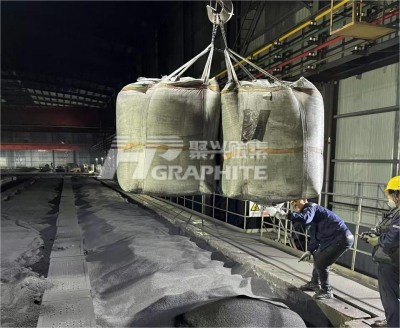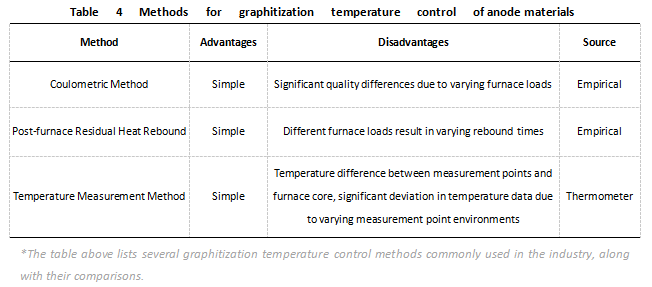【Graphitization】Industry Sustainable Development Strategies

【Graphitization】Industry Sustainable Development Strategies
How to achieve energy conservation, consumption reduction, and improved electricity efficiency while increasing the graphite production capacity of lithium-ion battery anode materials?
While increasing the production capacity of graphitization for the anode materials of lithium-ion batteries, it is crucial to achieve energy savings, reduce consumption, and improve electrical efficiency. Addressing these challenges within the context of the "dual carbon" framework is the primary concern for the industry. Graphitized petroleum coke products have broad application prospects. The JetteMan Research Institute's New Energy Research Center has explored relevant technical issues related to the continuous development of the graphitization industry.
The automotive industry, being a significant energy consumer and emitter, holds immense potential for energy conservation and emission reduction. A viable alternative at present is the adoption of electricity as a substitute for oil and gas in powering vehicles, with lithium-ion batteries remaining the mainstream energy storage devices for a considerable period. However, the graphitization process of artificial graphite, a core component of lithium-ion batteries' anode materials, consumes a substantial amount of energy, counteracting the goal of carbon emission control.

Current Status of Anode Materials graphitization
The two key factors in producing artificial graphite anode materials are the graphitization method and temperature control during the process. Both are mutually reinforcing, and an optimal combination of the graphitization method with temperature control is essential to maximize production capacity and efficiency.
01. graphitization Methods
The artificial graphite's graphitization process, a crucial step in lithium-ion battery anode materials production, primarily involves electric heating of the precursor material to 2800-3000°C. After high-temperature purification, the unstable carbon atomic structure is rearranged from disordered layers into an ordered graphite crystal structure. Currently, the mainstream production methods for anode materials graphitization include the Acheson furnace type, the internal heating series furnace type, and a limited number of continuous graphitization production methods.
02. Traditional Temperature Control Methods
For the graphitization process of lithium-ion battery anode materials, the key control indicators include gram capacity, graphitization degree, compact density, and specific surface area. Compact density and graphitization degree are correlated, and when the graphitization degree reaches a certain level, the compact density generally meets the requirements. The temperature during the graphitization process is a crucial factor determining the gram capacity of the anode materials. Controlling the graphitization temperature effectively ensures satisfactory gram capacity.

Currently, there is no absolute superiority among the three methods. Most manufacturers combine these methods, but reliance on experiential judgment often lacks representativeness and stability. This may hinder the industry's rapid development and increase production risks, requiring high skills from operators.
Future Development Trends
In terms of market competition, lithium battery anode materials research and production are mainly concentrated in countries such as China, Japan, and South Korea. Looking at the global enterprise competitive landscape, in 2021, among the top 10 market share holders in the negative electrode sector, only one was an overseas company (Puxing), and the rest were Chinese enterprises. Chinese anode materials enterprises demonstrate significant advantages globally, both in terms of industrial chain layout, product performance, and cost.
In the future, a deeper understanding of the lithium storage mechanism and physicochemical properties of graphite is necessary. With the flourishing development of the new energy market, graphite anode materials will see further advancements but also face substantial challenges. The "dual carbon" requirement provides a new development opportunity for the graphitization industry, compelling the sector to break free from conventional constraints, innovate continuously, and undergo industry reshuffling to ultimately contribute to the achievement of "carbon peak" and "carbon neutrality" goals. Graphitization market analysis and prediction, feel free to contact us at any time.
No related results found








0 Replies